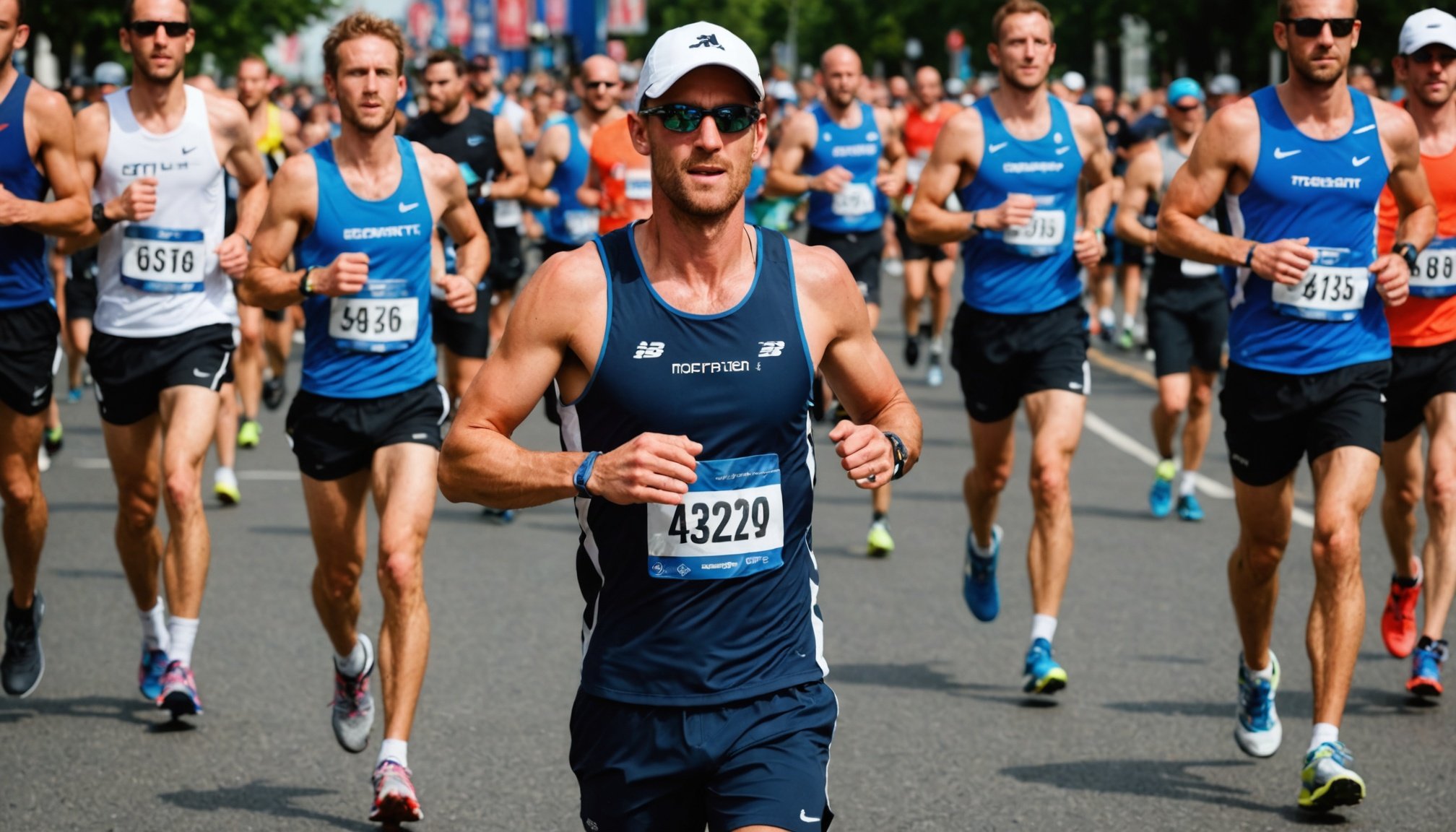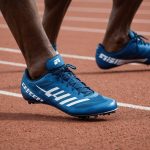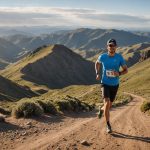Top Recovery Techniques for UK Marathon Runners: Essential Cooling Down Strategies Post-Race
Understanding the Importance of Recovery in Marathon Running
When you cross the finish line of a marathon, the sense of accomplishment is undeniable, but the real work is just beginning. Recovery is a crucial aspect of marathon training and post-race care, as it helps your body heal from the intense physical stress of running 26.2 miles. Here, we’ll delve into the top recovery techniques that UK marathon runners can use to speed up their recovery process and get back to their training routine.
The Science Behind Muscle Soreness and Recovery
After a marathon, runners often experience delayed onset muscle soreness (DOMS), which can last from 24 to 72 hours. This soreness is a result of temporary muscle damage caused by the constant impact of running. The body’s healing process involves inflammation, which leads to muscle tightness and reduced range of motion. However, gentle recovery movements can enhance this healing process by increasing blood flow and nutrient delivery to the muscles.
Topic to read : Exploring the Impact of AI on Crafting Tailored Training Programs for Runners in the UK
Cool Down Strategies: The Immediate Post-Race Phase
Include a Cooldown Phase After Every Workout
The cooldown phase is often overlooked but is vital for transitioning your body back to a resting state. After finishing your marathon, jog very easily or walk for about a kilometer or 10 minutes. This helps redistribute blood flow, lowers your heart and breathing rate, and allows your body temperature to drop. It also aids in flushing out metabolic waste products, which can reduce muscle soreness.
Change Out of Wet Clothes Immediately
Wearing wet clothes after a run can chill your body down too quickly, which is not ideal for recovery. Changing into dry garments helps keep your muscles warm, promoting circulation and bringing necessary nutrients to your depleted muscles. Even on a hot day, slipping into dry track pants after a long run can feel great and is highly beneficial.
Also read : Essential Elements for Crafting a Winning Sponsorship Proposal for UK Minor League Football Teams
Stretching and Foam Rolling
After your cooldown, take the time to stretch. Here are some essential post-run stretches to include in your routine:
- Lying Hamstring Stretch: Lie on the floor with your upper body relaxed and both legs straight. Pull one leg towards you, or use a non-stretching band to add resistance.
- Lying Glute Stretch: Lie on the floor with both knees bent and feet on the floor. Place the ankle of one leg on the opposite knee and pull both legs into your chest.
- Groin Stretch: Sit on the floor with your legs apart and lean forward to stretch your groin area.
- Downward-Facing Dog: This full-body stretch targets your hamstrings, calves, Achilles tendons, back, and shoulders. Keep your feet hip-width apart and your hands shoulder-width apart, then lengthen your heels towards the ground.
Foam rolling is another effective tool for post-run recovery. It helps alleviate DOMS and improves range of motion. Use it after your shower when your muscles are relaxed to work out any kinks.
Active Recovery: Beyond the Cool Down Phase
Active recovery involves low-impact movements that help keep your body limber and aid in the healing process. Here are some methods you can incorporate:
Recovery Runs
A recovery run is a gentle, slow run done after a hard workout or long run. It helps increase blood flow and nutrient delivery to the muscles, speeding up the recovery process. Unlike an easy run, which is part of your regular training, a recovery run is slower and focuses on moving your muscles efficiently. It may not feel great while you’re doing it, but the benefits are felt later.
Other Forms of Active Recovery
- Walking: A gentle walk can promote blood flow and help your body recover.
- Cycling: Cycling is a low-impact activity that can help keep your legs moving without putting too much strain on them.
- Swimming: Swimming is an excellent form of active recovery as it is low-impact and can help reduce muscle soreness.
- Yoga: Yoga can help improve flexibility and reduce muscle tension. It also provides a mental boost, which is crucial for recovery.
Ice Baths: A Chilly but Effective Recovery Tool
Ice baths, or cold water immersion, are a popular recovery technique among elite athletes. Here’s how they can help:
Benefits of Ice Baths
- Reduced Inflammation: Cold water acts as an analgesic, reducing inflammation and muscle soreness.
- Diminished Muscle Soreness: Ice baths can significantly reduce DOMS, making it easier to get back to training.
- Mental Relaxation: The cold water can provide a mental refresh, helping to cut through fatigue and improve sleep quality.
How to Take an Ice Bath
- Timing: Take the ice bath as soon as possible after your marathon, ideally within 30 minutes to an hour.
- Temperature: The water should be between 50°F and 59°F.
- Duration: Stay in the ice bath for 10 to 15 minutes to optimize recovery effects.
- Precautions: Individuals with certain health conditions should consult a healthcare professional before using ice baths.
Nutrition and Hydration: Fueling Your Recovery
Proper nutrition and hydration are crucial for the recovery process. Here are some tips:
Post-Run Nutrition
- Timing: Consume food or drinks within 20 minutes of finishing your run.
- Components: Include water, carbohydrates, and protein. Recovery drinks, protein shakes, or chocolate milk are good options.
- Electrolytes: Replace lost fluids and electrolytes, especially in hot weather conditions.
Example Post-Run Meal
| Food/Drink | Benefits |
|---|---|
| Chocolate Milk | Provides carbohydrates and protein to aid in muscle repair |
| Banana | Rich in potassium, helping to replenish lost electrolytes |
| Protein Shake | Quick source of protein to help muscle recovery |
| Water | Essential for rehydration |
| Energy Bars | Convenient source of carbohydrates and electrolytes |
Sleep and Rest: The Bedrock of Recovery
Sleep and rest are often overlooked but are essential components of the recovery process.
Importance of Sleep
- Muscle Repair: Sleep is when your body repairs and rebuilds muscle tissue.
- Hormone Regulation: Sleep helps regulate hormones that aid in recovery.
- Mental Refresh: Adequate sleep can improve your mental state, reducing fatigue and stress.
Tips for Better Sleep
- Consistency: Maintain a consistent sleep schedule.
- Environment: Ensure your sleep environment is comfortable and quiet.
- Avoid Stimulants: Avoid caffeine and electronic devices before bedtime.
Complementary Recovery Techniques
In addition to the techniques mentioned above, here are a few more that can enhance your recovery:
Foam Rolling and Self-Myofascial Release
Foam rolling helps alleviate DOMS and improves range of motion. It is best done after a shower when your muscles are relaxed.
Light Massage
A light massage can help reduce muscle tension and improve blood flow. However, avoid putting too much strain on very sore muscles.
Stretching and Mobility Exercises
Regular stretching and mobility exercises can help maintain flexibility and reduce muscle soreness. Here are some full-body stretches that target multiple muscle groups:
- Downward-Facing Dog
- Lying Spinal Twist
- Forward-Bend Shoulder Stretch.
Practical Insights and Actionable Advice
Here are some practical tips to help you integrate these recovery techniques into your routine:
Create a Recovery Plan
Just as you have a training plan, make sure you have a recovery plan. This should include cooldown phases, stretching, foam rolling, nutrition, hydration, and sleep strategies.
Listen to Your Body
If you’re feeling extremely sore or tired, it’s okay to take an extra day off or opt for a gentler form of recovery.
Be Consistent
Consistency is key in recovery. Make sure you stick to your recovery plan even on days when you don’t feel like it.
Recovery is not just about resting; it’s an active process that requires careful planning and execution. By incorporating cool down strategies, active recovery methods, ice baths, proper nutrition and hydration, and adequate sleep, you can significantly speed up your recovery process. Remember, recovery is as important as training when it comes to running a marathon. Here’s what elite runner and coach, David Goggins, has to say about recovery:
“Recovery is not just about the physical; it’s also about the mental. When you take care of your body, you’re also taking care of your mind.”
By following these top recovery techniques, you can ensure that you’re ready for your next run, feeling stronger and more resilient than ever before. So, the next time you cross that finish line, don’t just stop; start your recovery journey right away.











